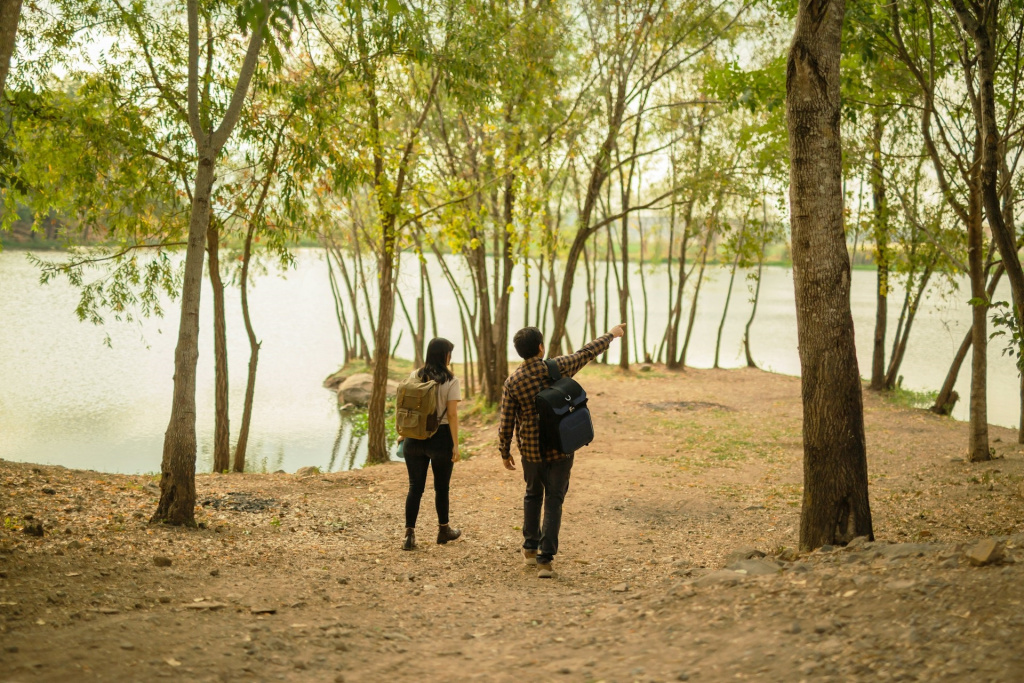
'Da da da daaaaah – da da da daaaaah.'
I would hazard a guess that many people are now hearing the opening to one of the most famous pieces of music ever composed – Beethoven’s 5th Symphony. If so, you are also mimicking the call of the ortolan bunting, a tiny bird whose song is uncannily like the opening phrase. Beethoven knew the song well, as he did for many other birds such as the nightingale, quail and cuckoo; his 6th Symphony, the Pastoral, mimics them beautifully using the flute, oboe and clarinet.
He did not, however, reproduce them simply to be pretty sounds. Beethoven had listened intently as their calls filled their wild homes and he extracted their essence. The calls were in the right place, at the right tempo and with the right timbre. They were meant to be where they were, rooted in a place and perfect in their execution. They enhanced and resonated through the landscapes he loved to walk through. Beethoven had listened with an inner ear and heart and turned the lessons over in his musical soul. The result was a symphony that expressed a range of emotions from joy to turmoil and eventually to peace.
Even as Beethoven’s physical hearing deteriorated, his internal music never ceased and was forever changing. As the world grew silent, the sounds of nature continued to fill his inner being and, like an alchemist, he transformed this natural music into compositions of immense power and beauty. 'Nature is a glorious school for the heart!' he famously said. 'It is well; I shall be a scholar of this school and bring an eager heart to her instruction.'
The same is true of other composers, writers, artists, poets and orators from antiquity to the present day. From our earliest encounters, it creates sparks of wonder, awe and intrigue. If we allow it to, nature will continue to kindle our inner and outer lives as a mentor, a friend and a challenge through which we develop, grow and express what is important.